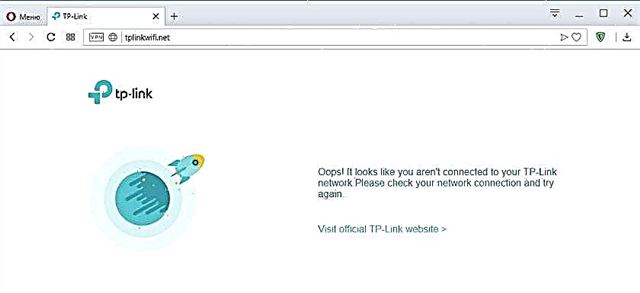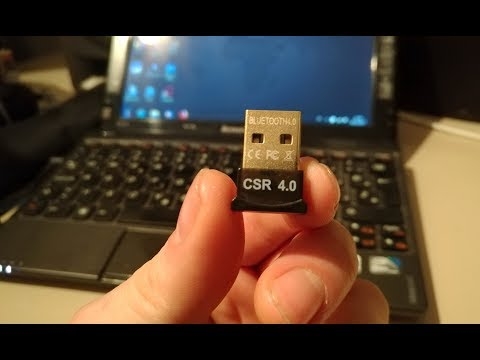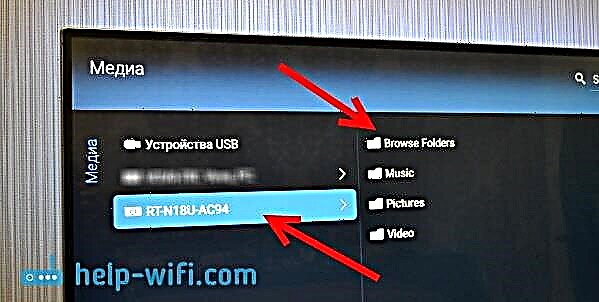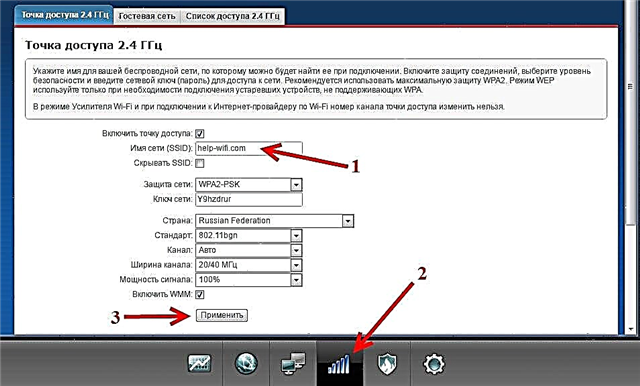There are often situations when the Internet simply stops working. The router stops distributing the Internet to all devices. Very often this happens after a power outage, a thunderstorm (why the router stopped working after a thunderstorm), some repair work, moving the router to another place, etc. What to do in such a situation, where to look for the problem, is not clear. In such cases, I always advise you to connect the internet directly to your computer. If you have a PC or laptop with a LAN input, then simply remove the cable from the WAN port of the router and connect it to the computer's network card. Depending on the provider, if the connection type is PPPoE, PPTP, L2TP (when you need to enter a username, password, server address), you may need to configure an Internet connection on your computer. And if the Internet works directly, but there is no Internet connection through the router, then everything is fine on the side of the Internet provider, and most likely there are some problems with the router. If the Internet does not work directly either, you need to contact the support of your provider and resolve this issue with them.
If you have the same case (there is directly the Internet, but not through the router), then you need to check the router. There can be many reasons. In this case, it would be good to also check if there is Internet via cable from the router. It can only be a problem with a Wi-Fi network. In any case, the router should be distributing Wi-Fi. Yes, after connecting to his wireless network, the Internet may not work (without access to the Internet), but he must broadcast the network. If, in your case, the router does not distribute Wi-Fi at all, then first of all, see the article The router does not distribute the Internet via Wi-Fi. What to do?
There is no need to exclude hardware damage to the router. Especially if the Internet stopped working after a power outage, power outage, thunderstorm. It happens that power supplies fail. In this case, the router may turn on, but not work. Then I will tell you what to check first and how to try to restore the router, or at least find out what the problem is. Of course, you may have completely different equipment, a different provider, a method of connecting to the Internet, etc., but this instruction should be suitable for most cases. And one more thing: just turn off the power of the router for a few seconds and turn it back on. Wait a minute for the router to boot up and check your internet connection. It happens that it helps.
We check the cable connection and the indicator on the router
The first step is to make sure that the cable from the ISP is connected to the WAN (Internet) port on the router. It looks something like this:

If everything is connected correctly, then we look at the WAN (Internet) indicator on the router itself. It should at least light up (no matter what color) when the cable is connected to the WAN port of the router. Usually, this indicator has three modes:
- Off - the router does not see the network cable (Internet).
- On (not blinking, it is on) green or orange - the router sees the cable, but there is no Internet connection (perhaps the necessary settings are simply not set).
- Blinking or just green (possibly in some other color) - there is an Internet connection.
On routers of different manufacturers, different models, this indicator may work in different ways. You need to look at the instructions specifically for your router.

If the indicator does not light up at all, then the WAN port on the router may have burned out. Or is it still something with the cable. Despite the fact that when connected directly, the Internet works. I met cases when the router did not see the cable, but the computer saw it. In this case, you need to contact your provider. Another little tip: you can take a network cable (which usually comes with a router), connect it to the WAN port and to the computer's network card. If the indicator lights up, then there is a chance that the router will work and the problem is on the side of the provider's equipment, or in the cable.
If the router responds to a cable connection from an Internet provider, then you need to check the Internet connection settings, since the problem is most likely in them. I will talk about this further in the article. I also leave links to articles that may be useful to you at this stage of solving the problem:
- The router does not see the internet cable. WAN port is not working
- Why is the Internet (WAN) indicator on the TP-Link router orange
If the WAN indicator is on / flashing after connecting the cable (or your router does not have such an indicator), then you need to check some settings.
Checking the parameters of the Internet connection (WAN)
What is the point: you need to go to the router settings, to the section with the Internet connection settings and check / set all the parameters that are necessary for the router to be able to connect to the Internet provider. It happens that the settings of the router fly off (often this can be determined by the name of the Wi-Fi network, it changes to the factory one). And because of this, the Internet works when connected to a computer, but not when connected through a router.
To open the router settings (I’ll say right away that the Internet is not needed for this), you must first connect to it from any device via LAN or Wi-Fi and go to 192.168.1.1, or 192.168.0.1 in the browser. Some routers use a different IP address, or hostname. Usually, you can see it on a sticker on the router itself. Or see the instructions How to enter the router settings?
In the web interface of the router, you need to find the section with the Internet connection settings. Most often it is called "Internet" or "WAN". And there you need right set the parameters that the Internet provider gives you. Select the type of connection and specify the necessary parameters, if necessary. You can check all the settings with the support of the Internet provider, or look in the Internet connection agreement. It is also necessary to find out whether the provider makes a binding by MAC address (but this is mainly relevant for connecting via "Dynamic IP"). For example, this is how these settings look on a TP-Link router (with old firmware):

More information on this topic is in the article, when setting up the router, it says "No Internet access", or "Limited" and there is no Internet connection. You can also see the article why the router does not connect to the Internet.
The main thing is to correctly specify all the parameters and force the router to connect to the Internet. Then he will start distributing it to all your devices. Since there is a direct Internet connection, then it should work through the router (if it is not broken). Do not hesitate (be lazy) to call your ISP's support. So you can find out if there are any problems on their side and ask for help in setting up the router.
A few more solutions:
- Reset router settings. I can't guarantee that this will fix internet connection problems, but you can try resetting all settings to factory defaults and setting up your router again. You can look for the setup instructions on our website (through the website search, or in the relevant sections).
- Make sure that the problem is with the router, and not with the devices that you connect to it. You need to connect several different devices for testing.
- Check the instructions for your router. Pay particular attention to the section where the indicators work. By their behavior, you can find problems and fix them.
If it was not possible to solve the problem (the Internet still works directly, but not through the router), then describe your case in the comments. Just provide all the information about the problem, so it will be easier for me to figure it out and give you a solution.











